Description
Post disaster recovery is an important issue, which is often ignored. For a large scale disaster, the humanitarian needs often dominate over other needs like environmental social or economic issues. Many of the decisions are taken hastily, and without proper survey and consultation. Time is also a critical issue, where the speedy recovery and quality of recovery process often clashes. Post disaster relocation is not a desirable option, but due to unavoidable circumstances (like enhancement of new regulation like coastal buffer zone, or destruction of infrastructure and/or ecosystem), it sometimes become inevitable to make the relocation decision. The key to relocation is its sustainability, which is how to ensure that the relocated people stay in the same place for longer time. Local people’s livelihoods and attachment to the original place often becomes a major obstacle to the sustainability of relocation programs. Although this is a hard decision, when taken, the key point is how to implement a sustainable and adaptive resettlement/relocation program. This is the key topic of this book. Citing the examples from the 2004 Indian Ocean Tsunami, the book provides in-depth analysis with specific examples on how to ensure sustainable and adaptive resettlement. Human resettlement is specifically emphasized to highlight the people and community oriented approaches and needs.
The book consists of seven chapters. The Chapter 1 outlines the problems and approaches, while Chapter 2 provides an analysis mainly from the literature review, and identifies the key problems and potentials of relocation programs. The chapter identifies a few political, social, economic and cultural factors. In Chapter 3, the book describes the experiences of Sri Lanka in three relocated villages. Comparing the conditions of before and after the relocation, the chapter identifies the common issues in three villages. Chapter 4 does the same analysis in the Tamil Nadu state of India. Comparing the conditions in five communities, the chapter provides an analysis of the common and distinct issues of each community. Linking the outcome of the chapter 3 and 4, Chapter 5 provides the analysis of the critical factors of Sri Lanka and India. It shows that the ‘memories of the previous house and land’ and ‘access and transportation’ are the two common critical factors for both Sri Lanka and India. Chapter 6 gives a unique case example of eco-village as one of the options of the sustainable relocation from Sri Lanka. Eco-village provides a commonalities in different communities with specific focus on environment related collective activities, and thereby acts as a key binding force. Providing specific data from four years of survey, the chapter concludes that thematic relocation can be considered as a sustainable approach. Finally, the chapter 7 provides the final analysis of the relocation programs, with contrasting examples of adaptation and non-adaptation, and concludes the specific factors (gender, age, culture and region, memories of previous house and land, government and NGO support, relocation style, human relationship, access and transportation, income, infrastructure) which need to be kept in mind while making a decision on relocation.
Lastly, no research is perfect and complete. The concept of sustainable and adaptable resettlement/relocation is evolving. This book is a modest attempt to bring the environment and disaster risk reduction field closer to each other, and to address this huge problem. We will be happy if the professionals, practitioners and researchers of the related field find it suitable and useful. Hope, this book will generate new ideas for future research.
Readership: Scientists, researchers, policymakers and students with an interest in Environment and Disaster risk reduction.

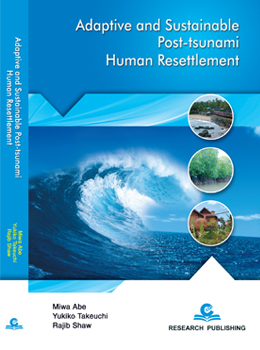
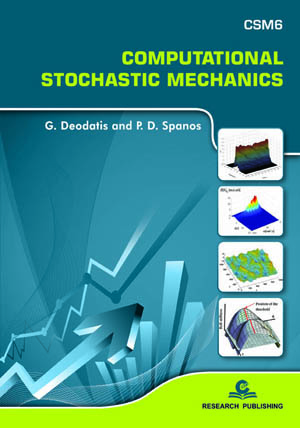
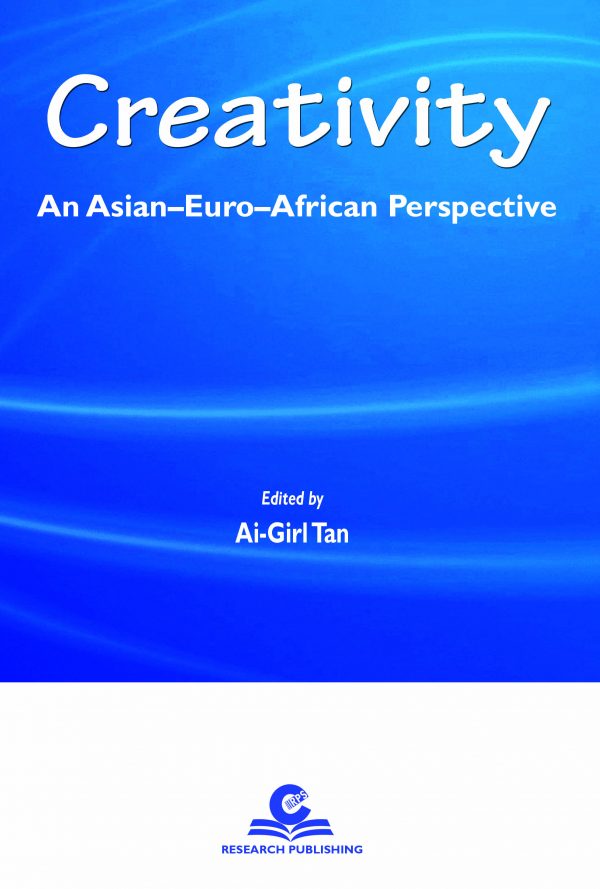
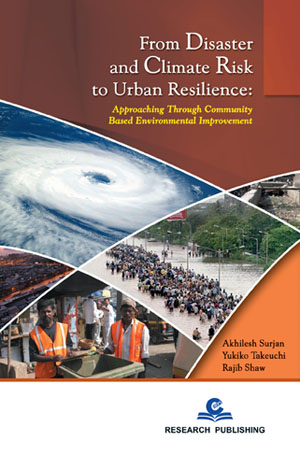
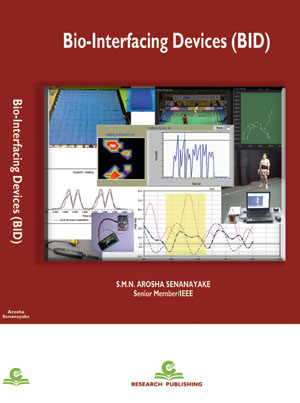
Reviews
There are no reviews yet.